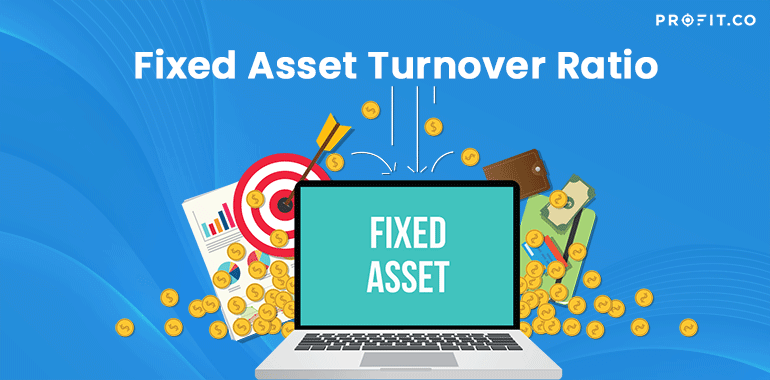If you’re wondering what this ratio is, you’re just about to find out. It’s an efficiency ratio that measures a firm’s return on their investment in plant, property, and equipment. It does so by comparing fixed assets with net sales. So, it estimates how efficient a company is in producing sales with its equipment and machines.
This formula is usually used by creditors and investors because it lets them see how well a firm’s sales are going when utilizing their equipment. It’s an important aspect because they want to be able to measure an approximate return on their investment.
If you want to find out more about fixed asset turnover ratios, this article will tell you what you need to know.
Analyzing Fixed Asset Turnover Ratio
A sign that assets are efficiently used is shown by a high turnover. Basically, a large amount of sales is generated by using a reduced amount of assets. It could also mean that the firm has sold off the equipment and started to contract out its operations. Contracting out would maintain the same amount of sales while decreasing the investment in equipment.
If the equipment is used to the fullest, it will result in a low turnover. The reason may be the fact that the products are not bought by anyone. They could’ve also overestimated the product’s demand and invested too much in the machine to manufacture the products.
One of the main factors is accelerated depreciation. Net PPL is always used by subtracting the depreciation from gross PPL. Therefore, the equipment’s book value will be low if the firm uses an accelerated depreciation method, such as double declining depreciation. This can make the performance look better than it is in reality.
Moreover, the metric will rise every year if a company doesn’t keep reinvesting in new equipment. This is because the denominator is reduced or increased by the accumulated depreciation balance.
So, the ratio will be the same as their sales for a period if the firm’s PPL is depreciated completely. If you are a creditor or investor, you need to be aware of this.
Fixed Asset Turnover Ratio Formula
The equation that lets you estimate the ratio is not complicated. Basically, you have to divide net sales by the total property, equipment and plant net of the accumulated depreciation.
The formula goes like this:
Fixed Asset Turnover Ratio Example
So, let’s say that your firm had yearly gross sales of $10,000,000 in 2017, with allowances and sales returns of $10,000. The net fixed assets’ starting balance was $1,000,000, and the end of year balance amount was $1,1M. In this case, the fixed asset turnover ratio for the year would be 9.51. This means that almost ten dollars are earned for every one dollar invested in fixed assets.
The formula may seem complicated, but once you learn more about it, it will be easier to calculate. So, now that you are familiar with fixed asset turnover ratios, you can assess your company’s return on investment in equipment, property, and plant.
